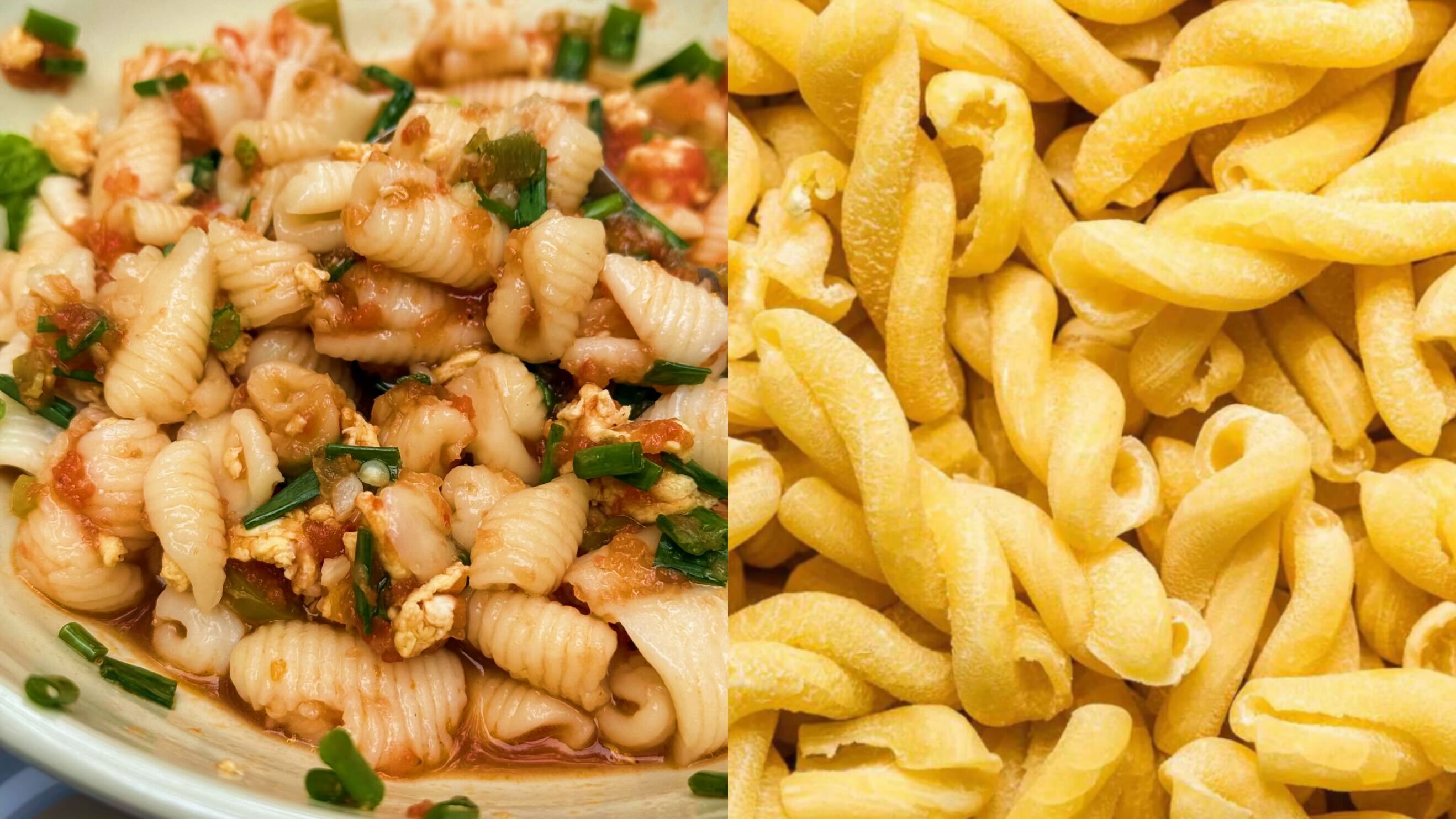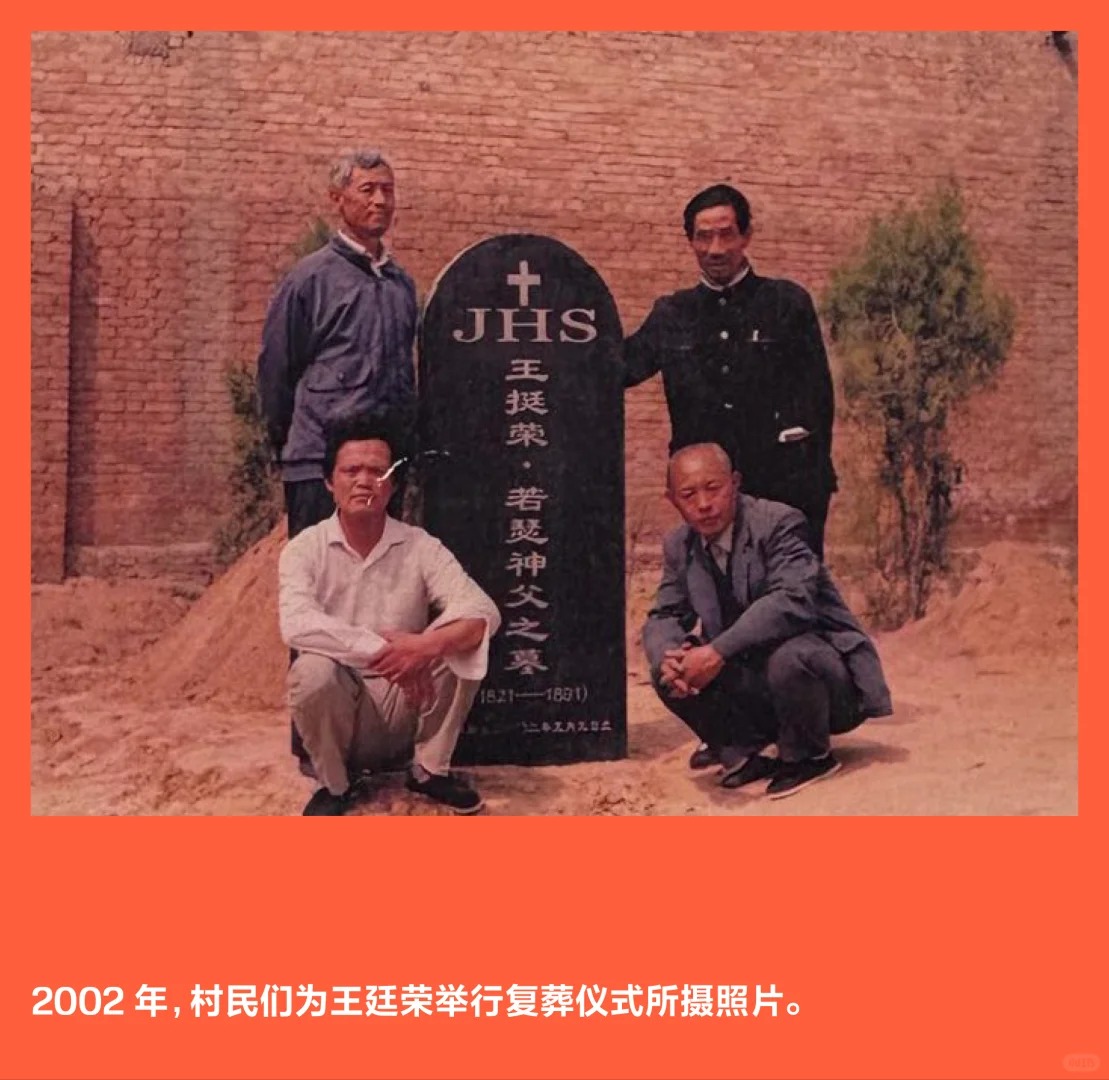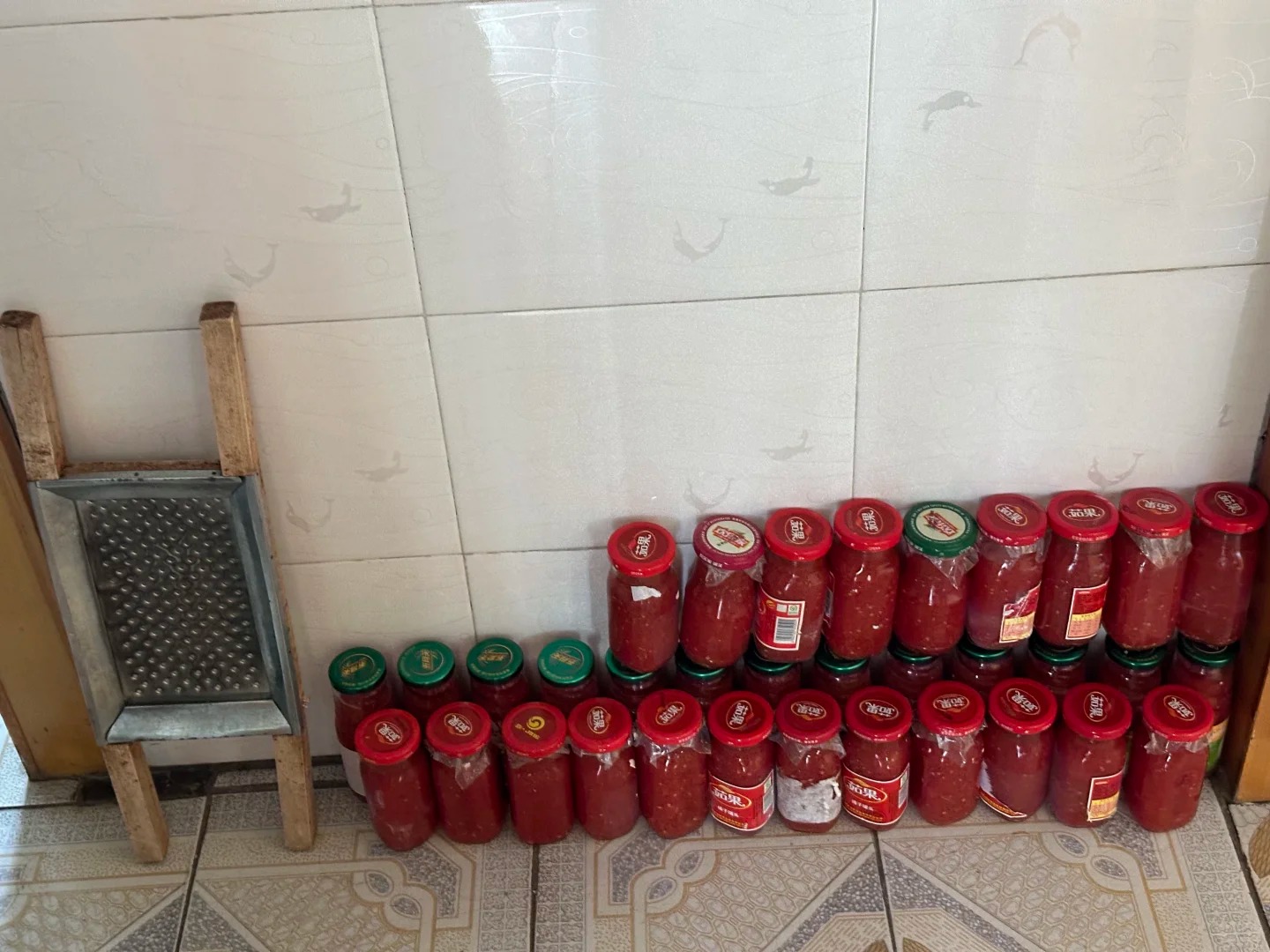You may scoff when someone tells you that Italian pasta is just Shanxi’s oat noodles with a European twist. After all, both regions have their own spiral noodles: cat ears (猫耳朵, māo ěrduo) in Shanxi and Gemelli in Italy — dense, handmade pasta shapes that echo each other across continents. But what truly ties them together isn’t just the dough’s shape. It’s also all in the sauce.

In Italy, tomato sauce is the heart of any pasta dish. In Shanxi, it’s bottled into glass jars, lovingly stewed in home kitchens, and saved for winter meals. And somewhere between these two traditions lies an unlikely bridge: Wang Tingrong, a 19th-century scholar from Shanxi who, so they say, was the first person to bring tomatoes home from Naples.
Although there isn’t any reliable literature to convince academics, Wang’s adventure has been widely recognized by residents of his hometown. According to them, Wang Tingrong studied Latin at a Catholic mission school in Naples around the 1840s, alongside Italian priests. It’s said that he tasted the tomato there and was stunned by its flavor and fast-growing cycle. Tomato plants could bear fruit in just three months, so it’s highly possible that he brought seeds back to his hometown, Xinli Village in Shanxi. Today, his grave still stands there, and local stories call him the man who brought the “tomato to China.”

Official records on this story are scarce. But we do know that Neapolitan chef Ippolito Cavalcanti published the first known recipe for pasta with tomato sauce in 1839 — just one year before Wang’s supposed arrival in Naples. The timeline lines up. Maybe Wang was simply following a trend — and unknowingly planting the roots of a culinary crossover.
Beyond Wang’s tale, the people of Shanxi also believe in another possibility. Around 420 CE, Shanxi was known for its trading savvy, which attracted European merchants traveling through China. There’s speculation that the tomato may have appeared on a merchant’s table one day. However, it got there, many Shanxi families still keep homemade tomato sauce in their fridges. When winter hits, it’s time to boil noodles and bring out the jars. And somewhere in that pasta steam and red sauce, history quietly returns to the table.

This little tomato journey reminds us: trade, travel, and taste have long blurred borders. And while some facts remain in the shadows, the flavor is real. Whether it’s Italy’s spaghetti or Shanxi’s youmian, it’s that same crimson sauce that proudly says—we’re not so different after all.
Cover Image via Xiaohongshu.















